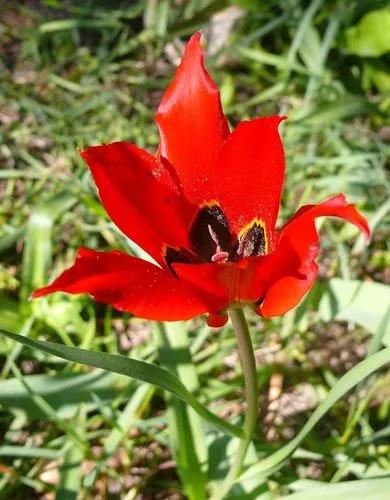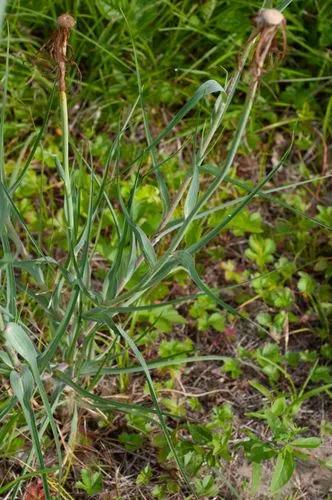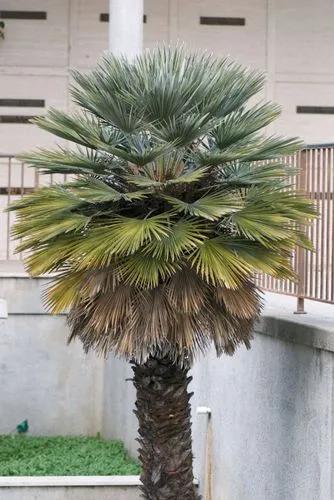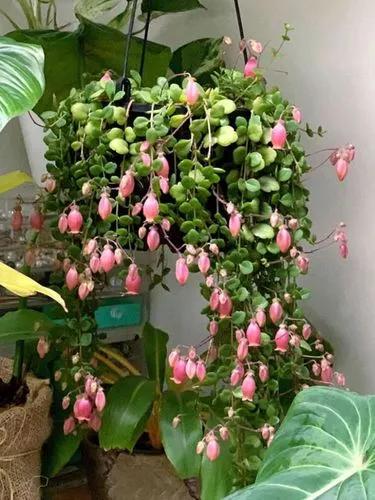Roman chamomile is a perennial that is often used for ground cover. Unlike German chamomile, it does not produce many blooms; it does, however, provide a lovely aroma. Roman chamomile is easily grown from seed; if you allow your plants to go to seed at the end of the season, it will self-seed providing even more ground cover the following year. Water lightly.
Roman Chamomile Care
Chamaemelum Nobile



How to Care for the Plant

Water

Regular water will keep the plants in bloom longer, but chamomile plants are very drought tolerant, once established. In extremely hot climates, chamomile will appreciate being kept watered and getting some afternoon shade.

Fertilizer

Chamomile does not need fertilizer; in fact, it is actually considered to be an invasive weed in some locations because it grows so quickly without any particular need for feeding.

Sunlight

Roman chamomile requires full to partial sun. More sun leads to faster growth, but as this plant grows rapidly by nature, this may not be an issue.

Soil

Like German chamomile, Roman chamomile prefers not too rich, organic soil. It does best with neutral pH (between 5.6 and 7.5).

Temperature

Chamomile is capable of thriving in any summer weather under 100 degrees Fahrenheit. Because it is drought tolerant, it does not require special humidity considerations.

Additional

Patients with severe allergic responses to ragweed (ragwort) should be warned about the possible cross-sensitivity to chamomile and other members of the Asteraceae/Compositae family (e.g. echinacea, feverfew, milk thistle).
Both the flowers and the leaves of the Roman chamomile plant can be harvested for various uses. The aromatic flowers are edible and can be used to make tea while the flowers and leaves together may be used in potpourri. Flowerheads can also be used to make an extract which can help alleviate digestive issues.

Popularity

921 people already have this plant 145 people have added this plant to their wishlists
Discover more plants with the list below
Popular articles






